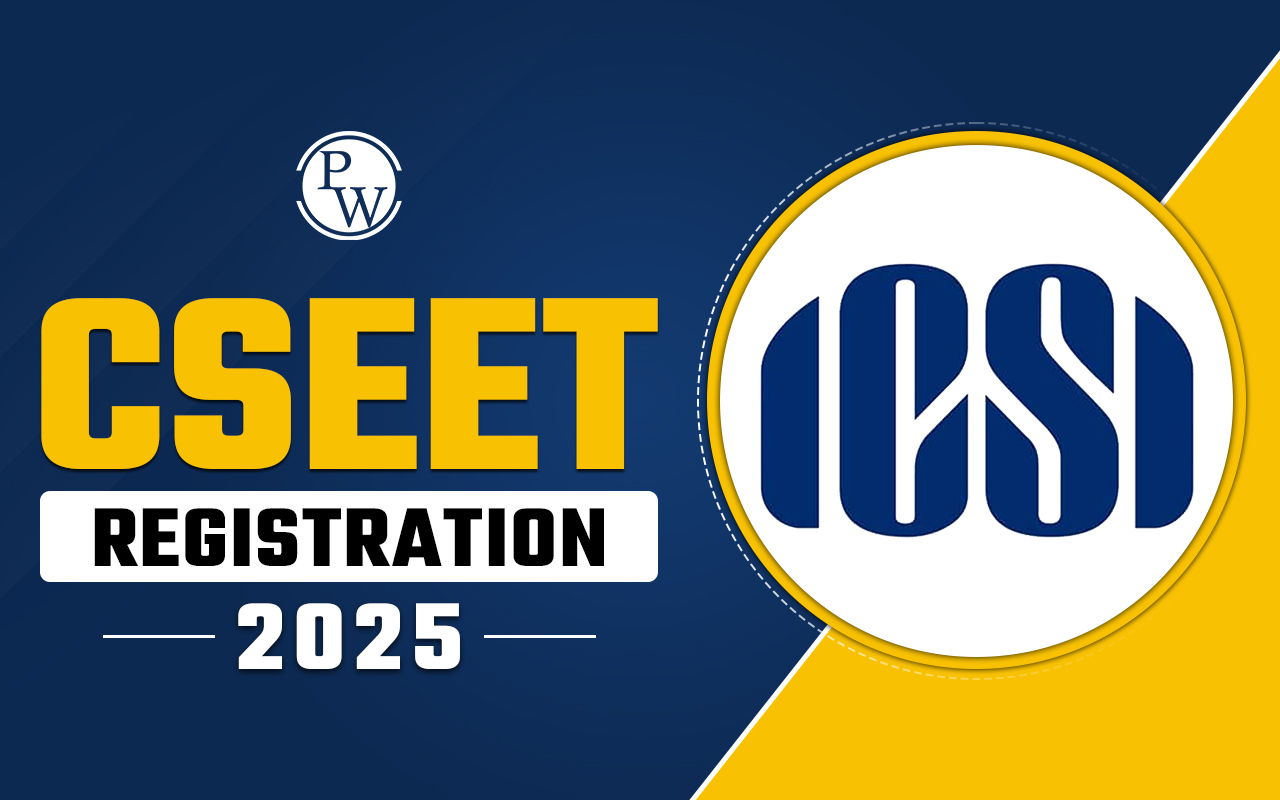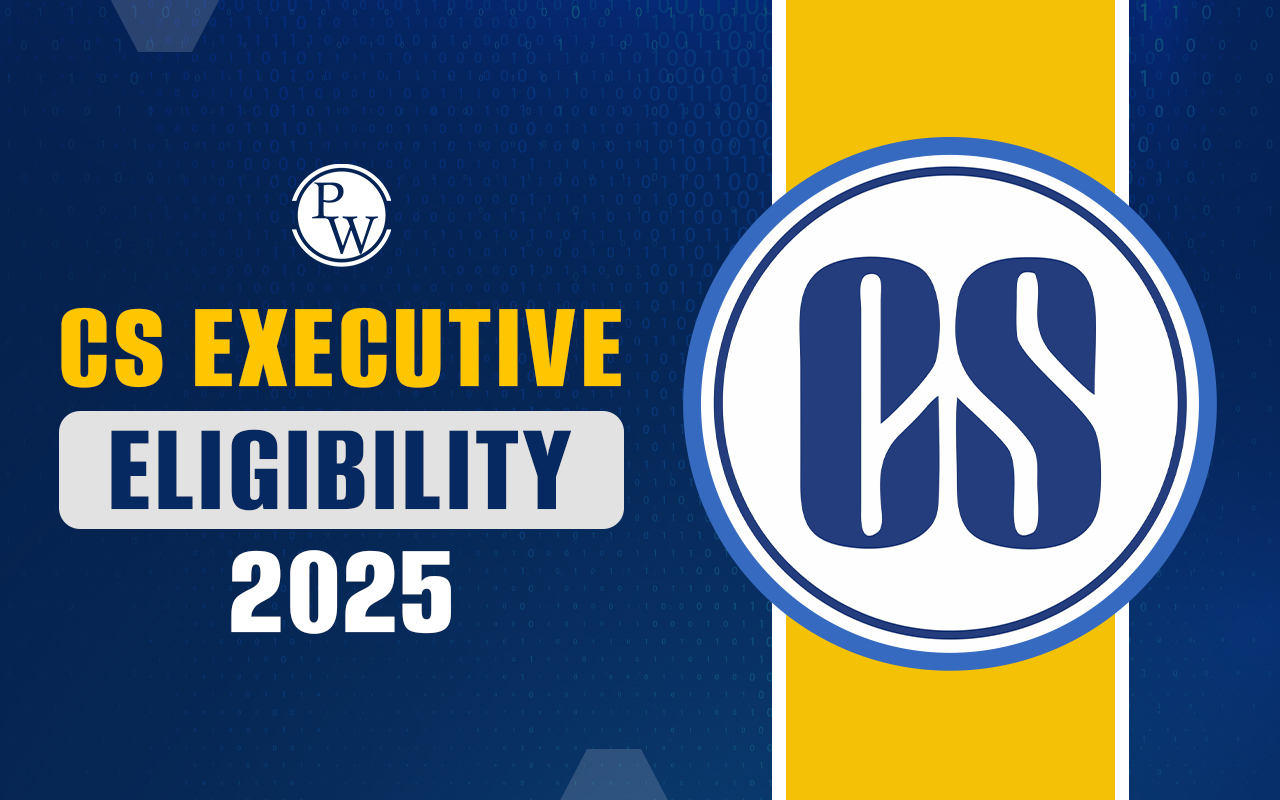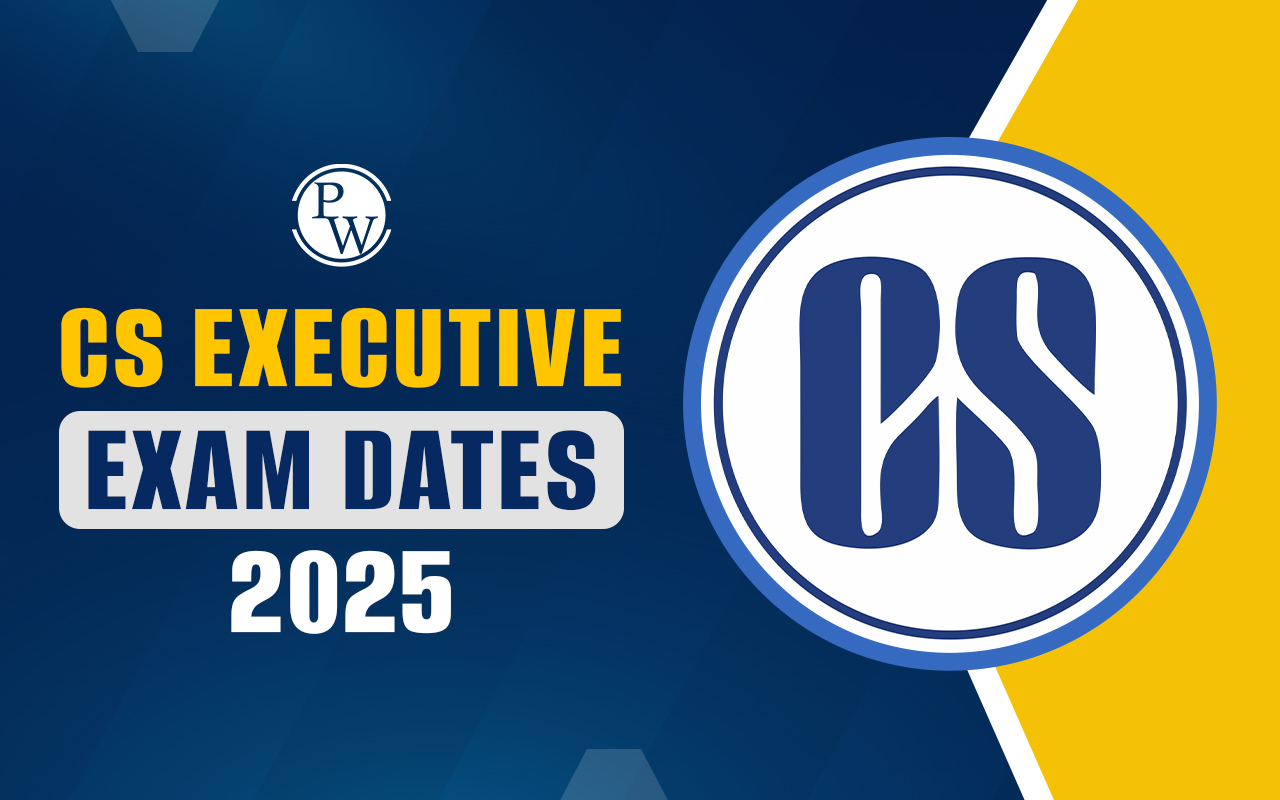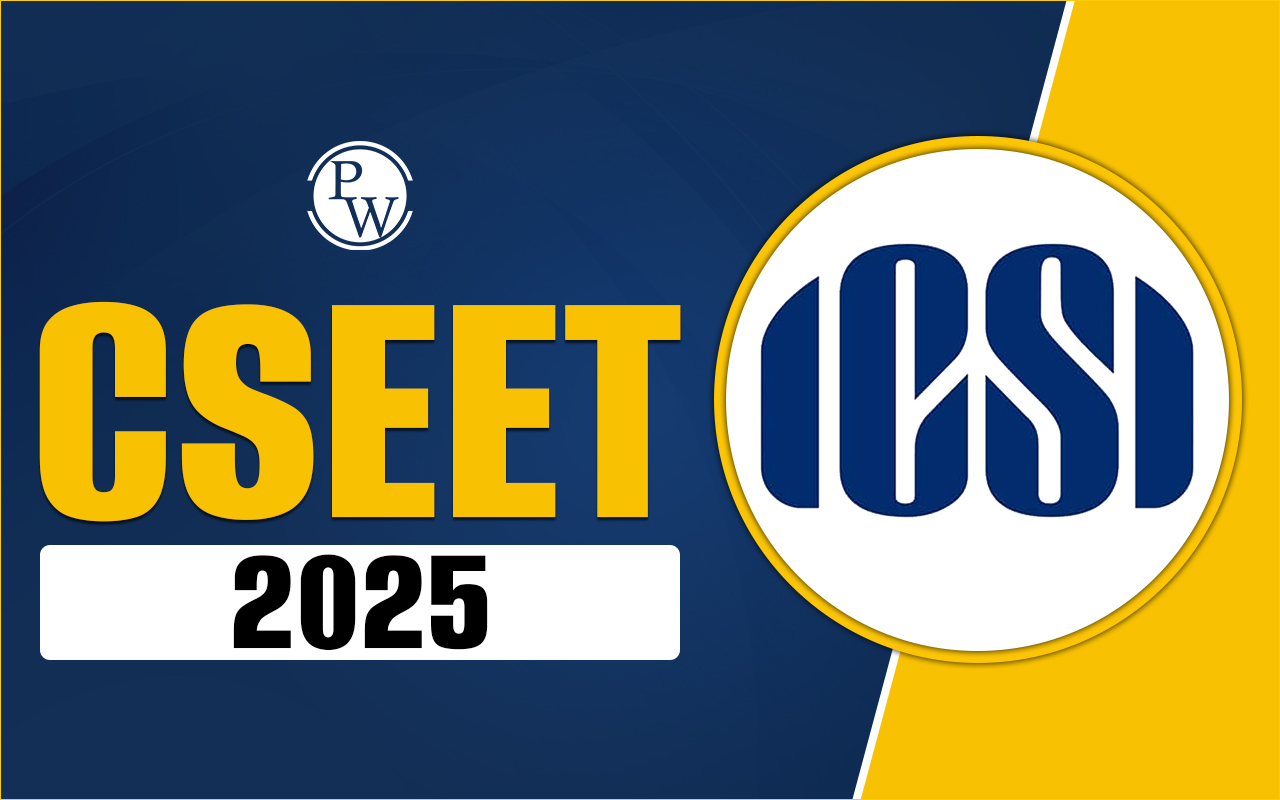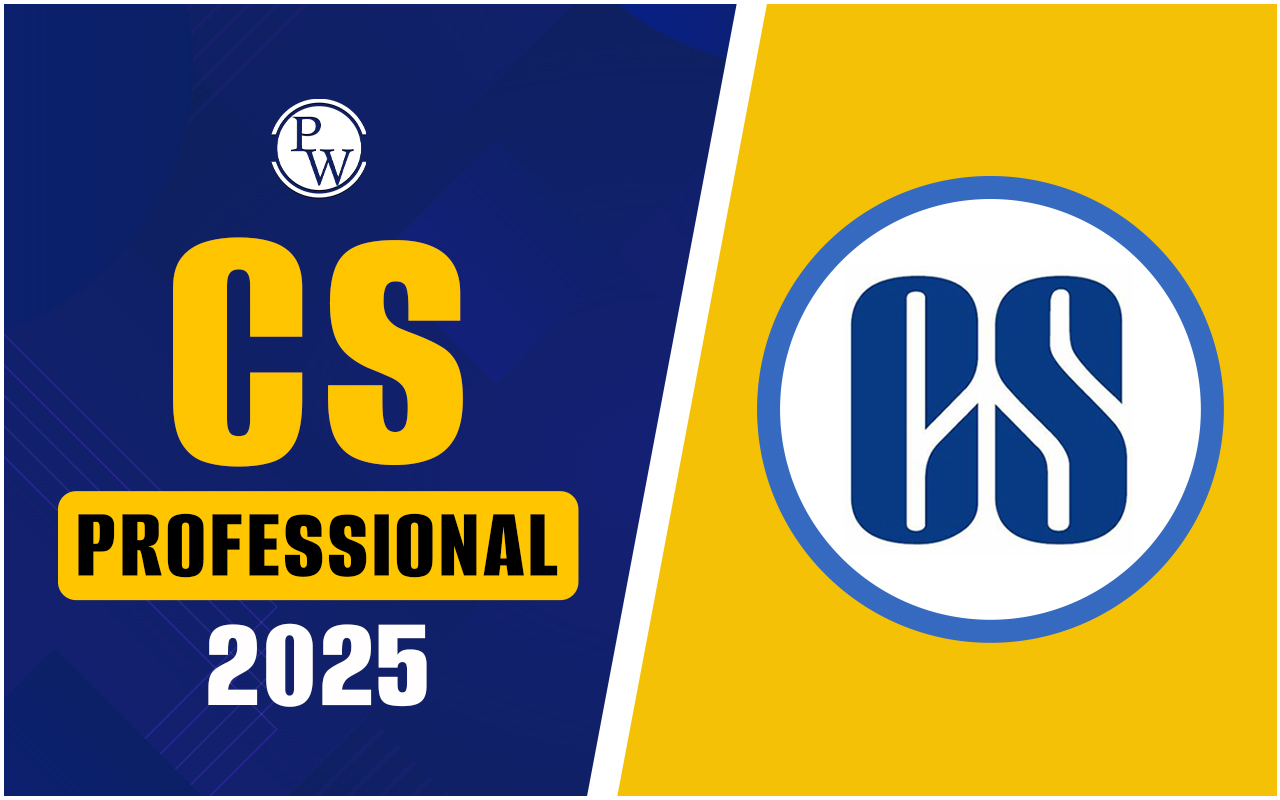
Costing is about figuring out how much different parts of a business cost, like customers, products, or processes. It includes planning, managing, and keeping track of cost information so businesses can budget, predict, and monitor their expenses accurately. Cost refers to the money spent on resources used to make products or provide services, but not all costs are counted as expenses; some are considered assets.
Cost accounting is the method used to plan and control how resources are used in a company. It applies cost principles to help manage expenses, determine how profitable things are, and support decision-making for managers. Cost accounting is both a science. It needs systematic knowledge, and an art because it requires skill in applying these principles to practical issues like controlling costs and setting prices.Scope of Costing
The nature and scope of costing involve determining costs and analyzing various aspects related to goods or activities. Costing encompasses methods and procedures for estimating costs, along with regulations governing pricing. It is a technique within cost accounting, which involves analyzing costs related to goods or activities and considering factors like cost structures, business opportunities, budget planning, and profitability analysis. Cost accounting provides detailed cost information for both internal and external reporting purposes, aiding in decision-making and financial analysis.Nature of Costing
Cost accounting is characterized by several key aspects:- Branch of Knowledge: It is considered a branch of financial accounting but is distinct with its principles and concepts, varying across industries.
- Science: Cost accounting is regarded as a science due to its systematic knowledge encompassing various subjects like law, office practice, production, and material control.
- Art: It requires the skill and expertise of a cost accountant to apply its principles, procedures, and methods to specific management issues, such as cost control and profitability analysis.
- Profession: In recent years, cost accounting has emerged as a crucial and challenging profession, evidenced by the establishment of professional organizations and increased enrollment in relevant institutions for education and certification.
Objectives of Costing
The objectives of costing can be summarized as follows:- Ascertainment of Cost: Costing aims to determine the cost of products, processes, or operations accurately. This involves recording costs such as materials, labor, and other expenses meticulously to ensure all costs are included in pricing. Costing provides managers with crucial information for establishing selling prices and evaluating profitability.
- Cost Control: Beyond cost determination, costing focuses on controlling costs to enhance profitability. By comparing budgets, standards, and actual costs, managers identify discrepancies and take corrective actions to keep costs in check. Lower costs can lead to increased profits or lower selling prices, benefiting both the company and customers through improved product quality and customer loyalty.
- Guidelines for Management: Costing serves as a valuable tool for managerial decision-making by providing cost data that supports organizational efficiency. Managers utilize cost information to make informed decisions, such as launching new product lines, optimizing capacity utilization, or identifying growth opportunities, ultimately contributing to the overall effectiveness of the organization.
Types of Costing
Costing involves various types of costs, each serving different purposes in decision-making:- Variable Cost: These costs change directly in proportion to changes in the level of activity. Examples include raw materials and direct labor.
- Fixed Cost: Fixed costs remain constant in total despite changes in activity levels. Examples include rent and salaries.
- Direct Cost: Direct costs can be traced directly to specific segments of operations. Examples include materials used for a specific product.
- Indirect Cost: Indirect costs cannot be directly identified with specific segments of operations. Examples include overhead costs shared by multiple departments.
- Relevant Costs: These are costs that influence the choice of alternatives in a particular decision and are affected by that decision.
- Irrelevant Costs: Irrelevant costs remain constant regardless of the decision made and are not affected by the alternatives chosen.
- Sunk Costs: Historical costs incurred in the past that cannot be changed by future decisions. They are always irrelevant in decision-making.
- Shutdown Costs: Unavoidable fixed costs incurred even when a plant is temporarily shut down. Managers consider these costs when deciding whether to shut down or continue operations.
- Imputed/Hypothetical/Notional Costs: Costs representing a sacrifice or resource use, measured in monetary terms, without actual cash outlay. For example, imputed rent for using owned premises.
- Pocket Cost / Explicit Costs: Costs requiring cash outlay due to a specific managerial decision, representing present and future cash outflows.
Advantages of Costing
Costing offers several advantages in managerial decision-making and operational efficiency:- Measurement and Improvement of Efficiency: Cost accounting enables organizations to measure and improve efficiency by analyzing cost differences over time. It helps identify areas of inefficiency and opportunities for improvement.
- Identification of Profitable and Unprofitable Activities: Costing helps distinguish profitable and unprofitable activities by comparing costs with revenues. This information guides resource allocation and investment decisions.
- Fixation of Prices: Cost accounting provides accurate cost information for pricing decisions. It ensures that prices are set at levels that cover costs and generate profits, preventing losses from underpricing.
- Guidance in Price Reductions: During economic downturns, costing guides management in deciding when to reduce prices below total costs to remain competitive. It ensures informed decision-making during challenging market conditions.
- Information for Proper Planning: Detailed cost information supports effective production planning by optimizing resource utilization and minimizing waste. It ensures that production processes are efficiently managed to meet demand without overworking or idling resources.
Basic Principles of Costing
The basic principles of costing are as follows:- Cause-and-effect Relationships: Costs should be closely tied to their root causes, and their impact on various departments should be determined. Only units that pass through the departments incurring costs should share those costs.
- Exclusion of Past Unrecoverable Costs: Costs that could not be collected in the past should not be included in future costs. Including such costs can distort the results of future operations and financial statements.
- Charge of Cost Only Upon Incurrence: Only costs that have been legitimately incurred should be included in unit costs. For example, selling costs should not be included in unit costs while a product is still in production.
- Exclusion of Abnormal Costs: Costs incurred due to abnormal causes, such as theft or negligence, should be excluded from cost accounts. Including such costs can distort expense estimates and mislead management decisions.
- Adherence to Double Entry Principles: Cost ledgers and control accounts should preferably be maintained using double-entry methods to minimize the risk of errors. This ensures the accuracy of cost sheets and statements used for cost estimation and control.
Classification of Costs
It refers to the categorization of expenses based on their shared traits. The following categories are crucial for classifying costs:- By Nature or Element;
- By Functions; and
- By Variability or Behaviour
- By Capability
- By Regularity
- By Costs for Managerial Decision Making.
| Also Check: | |
| Introduction to Accounting | Capital Structure |
| Introduction to Accounting Standards | Introduction to Corporate Accounting |
| Capital Budgeting | Security Analysis |
Costing<span style=
What is the scope of costing in business management?
Costing involves determining costs, analyzing goods or activities, estimating costs, pricing regulations, and supporting managerial decision-making.
What are the advantages of costing in business operations?
Costing enables measurement and improvement of efficiency, identification of profitable activities, fixation of prices, guidance in price reductions, and information for proper planning.
What are the basic principles of costing?
The basic principles include cause-and-effect relationships, exclusion of past unrecoverable costs, charge of cost only upon incurrence, exclusion of abnormal costs, and adherence to double entry principles.
How are costs classified in costing?
Costs are classified by nature or element, functions, variability or behavior, capability, regularity, and for managerial decision-making purposes.
Why is costing important in business management?
Costing is essential for budgeting, predicting, and monitoring expenses accurately, aiding in pricing decisions, profitability analysis, and effective resource allocation.
🔥 Trending Blogs
Talk to a counsellorHave doubts? Our support team will be happy to assist you!

Check out these Related Articles
Free Learning Resources
PW Books
Notes (Class 10-12)
PW Study Materials
Notes (Class 6-9)
Ncert Solutions
Govt Exams
Class 6th to 12th Online Courses
Govt Job Exams Courses
UPSC Coaching
Defence Exam Coaching
Gate Exam Coaching
Other Exams
Know about Physics Wallah
Physics Wallah is an Indian edtech platform that provides accessible & comprehensive learning experiences to students from Class 6th to postgraduate level. We also provide extensive NCERT solutions, sample paper, NEET, JEE Mains, BITSAT previous year papers & more such resources to students. Physics Wallah also caters to over 3.5 million registered students and over 78 lakh+ Youtube subscribers with 4.8 rating on its app.
We Stand Out because
We provide students with intensive courses with India’s qualified & experienced faculties & mentors. PW strives to make the learning experience comprehensive and accessible for students of all sections of society. We believe in empowering every single student who couldn't dream of a good career in engineering and medical field earlier.
Our Key Focus Areas
Physics Wallah's main focus is to make the learning experience as economical as possible for all students. With our affordable courses like Lakshya, Udaan and Arjuna and many others, we have been able to provide a platform for lakhs of aspirants. From providing Chemistry, Maths, Physics formula to giving e-books of eminent authors like RD Sharma, RS Aggarwal and Lakhmir Singh, PW focuses on every single student's need for preparation.
What Makes Us Different
Physics Wallah strives to develop a comprehensive pedagogical structure for students, where they get a state-of-the-art learning experience with study material and resources. Apart from catering students preparing for JEE Mains and NEET, PW also provides study material for each state board like Uttar Pradesh, Bihar, and others
Copyright © 2025 Physicswallah Limited All rights reserved.
